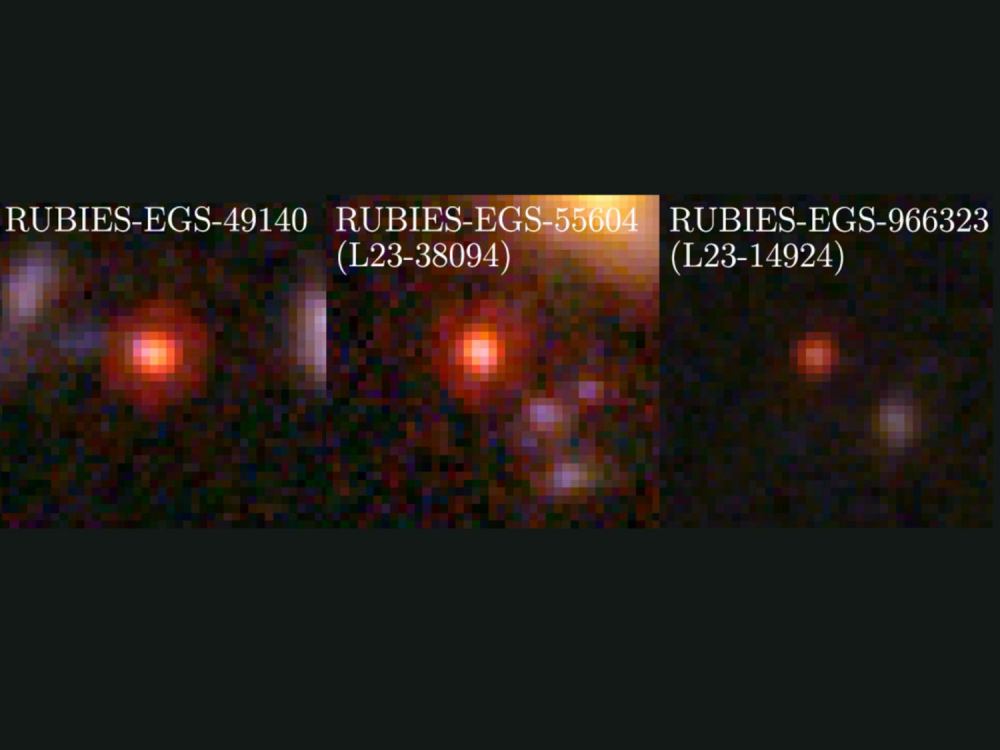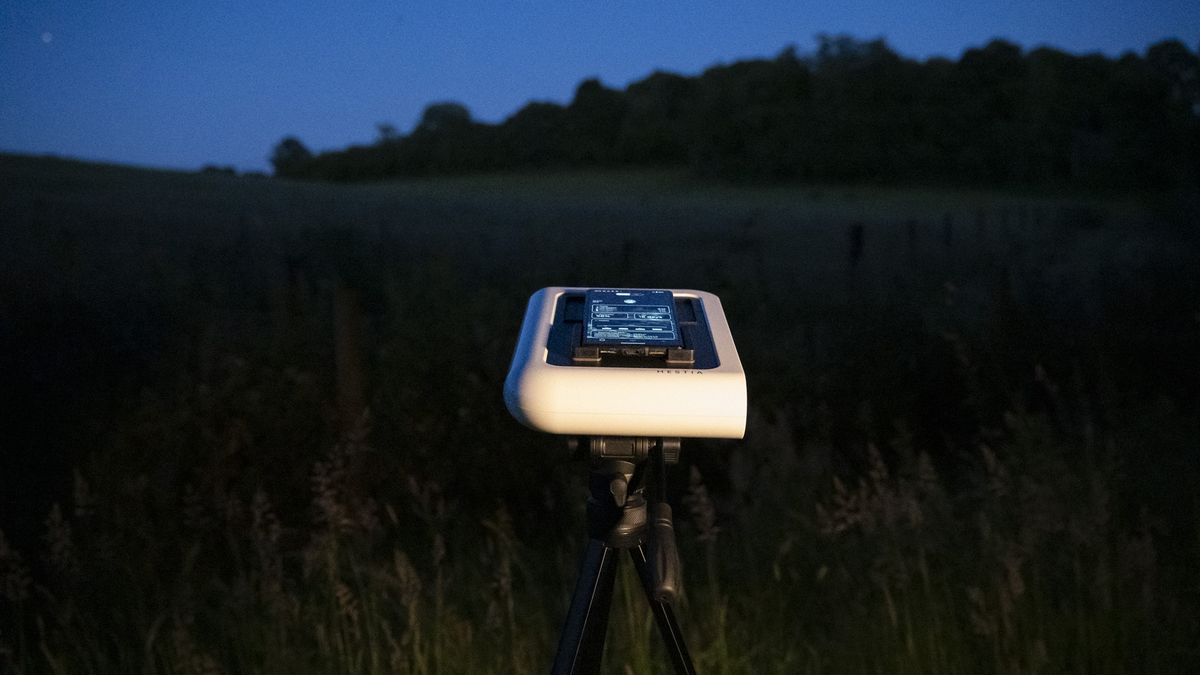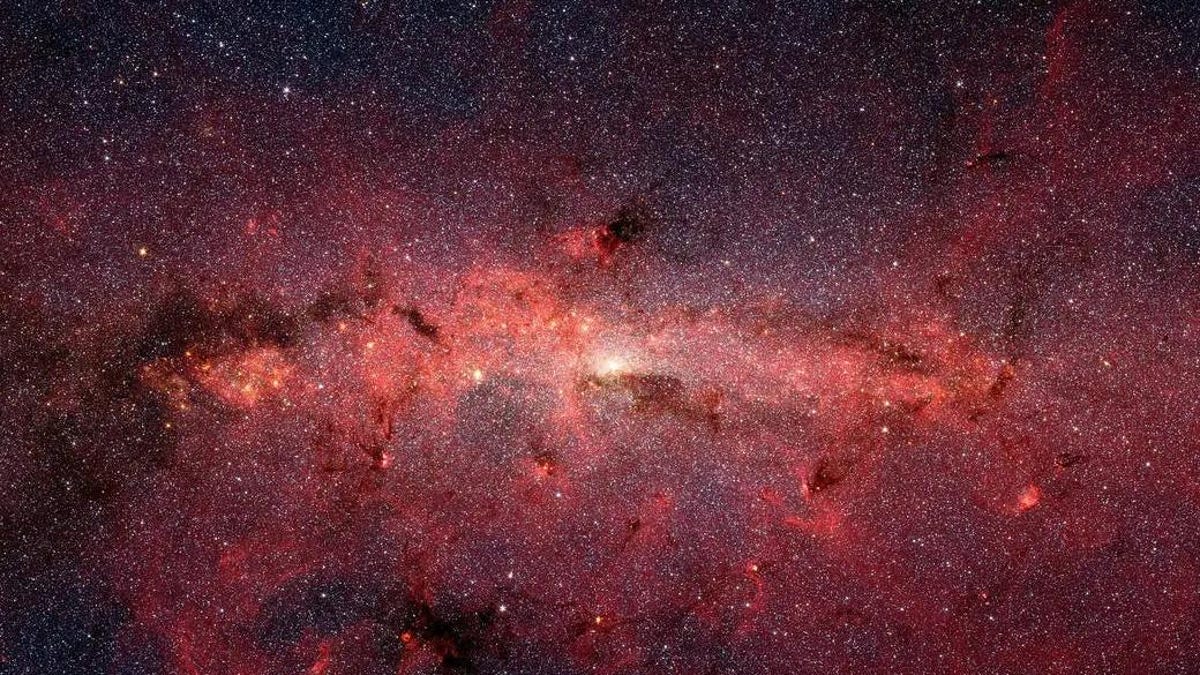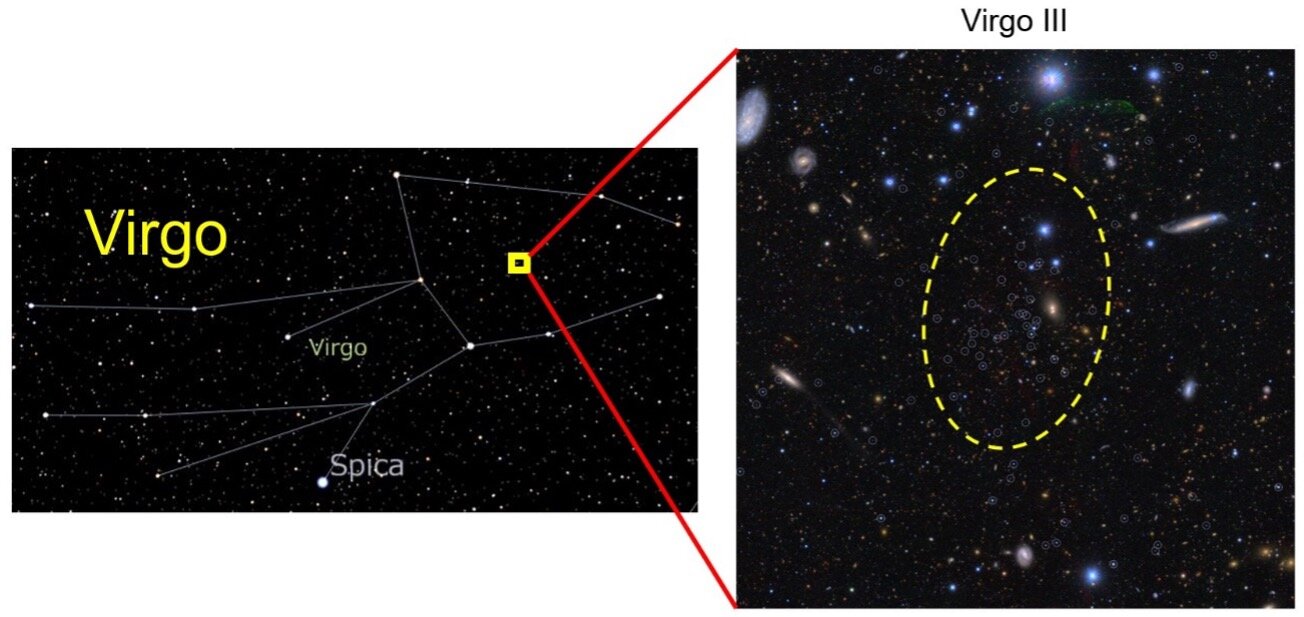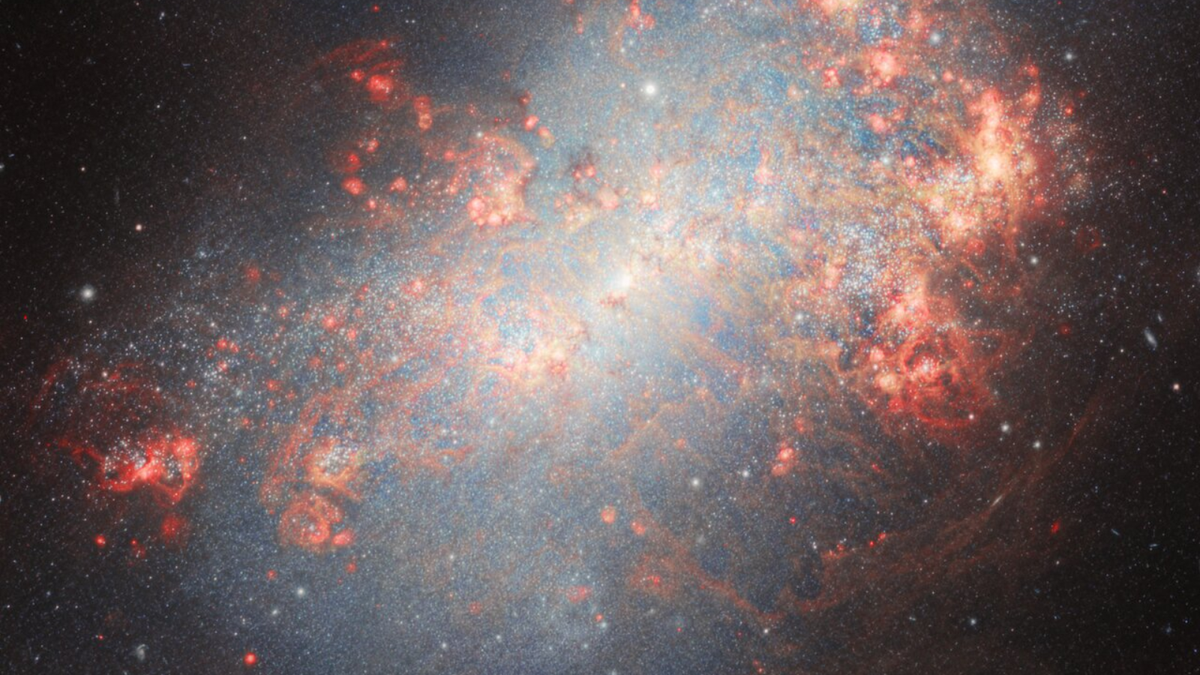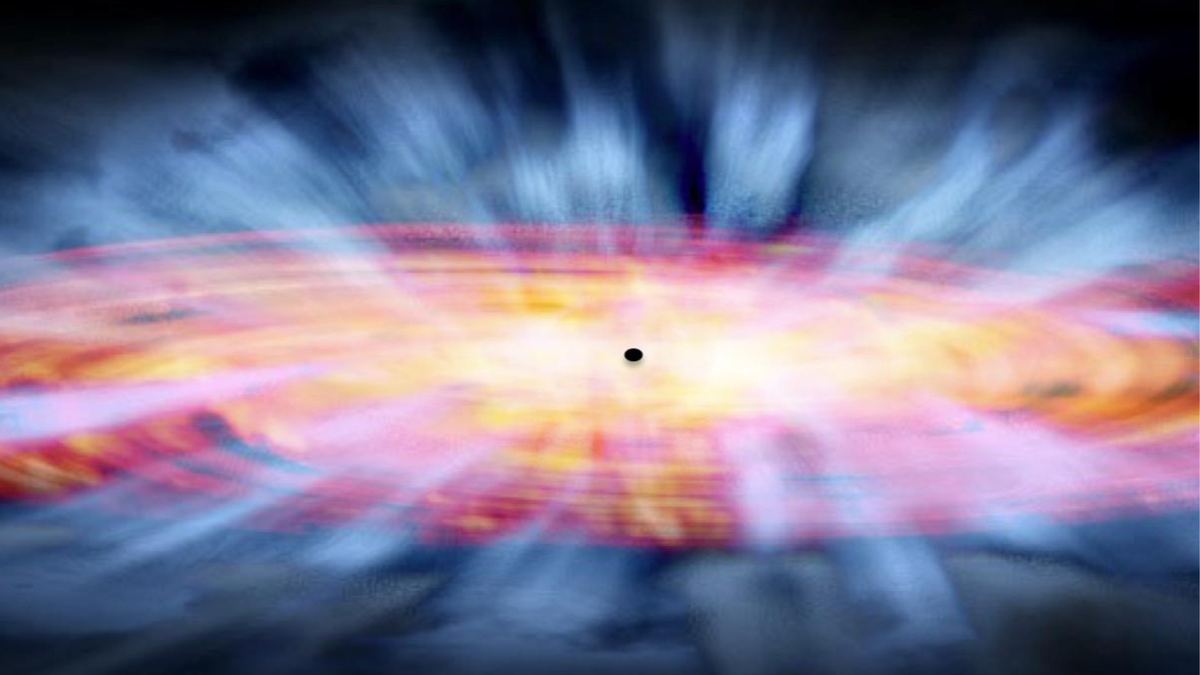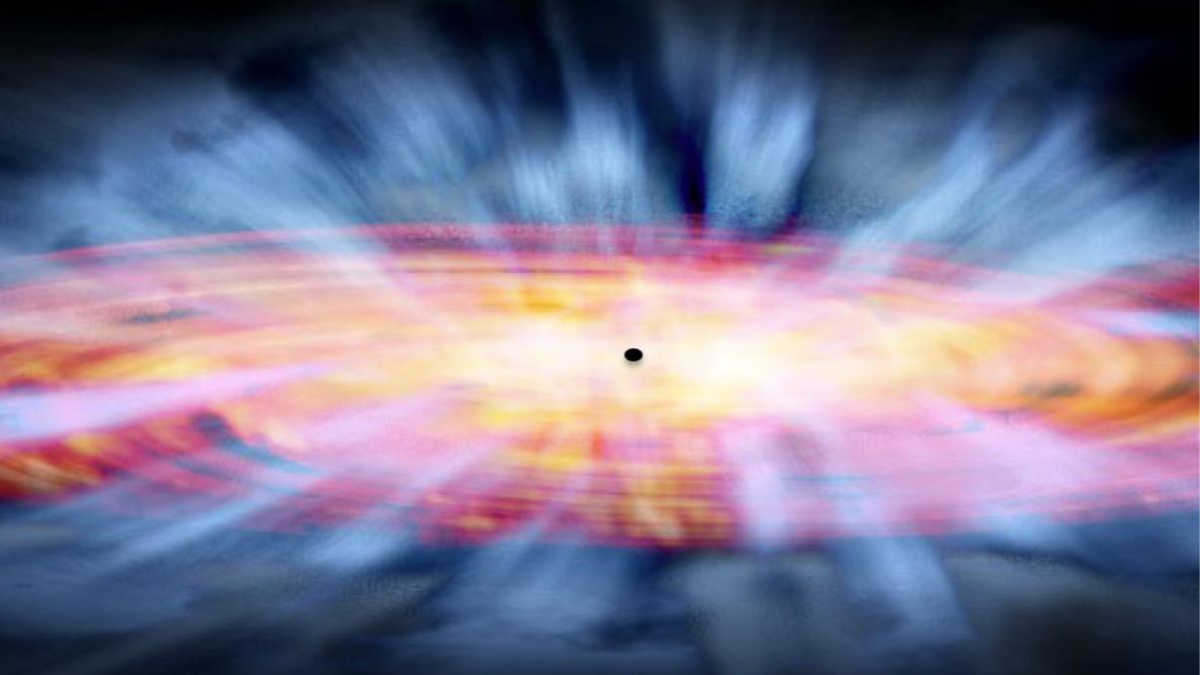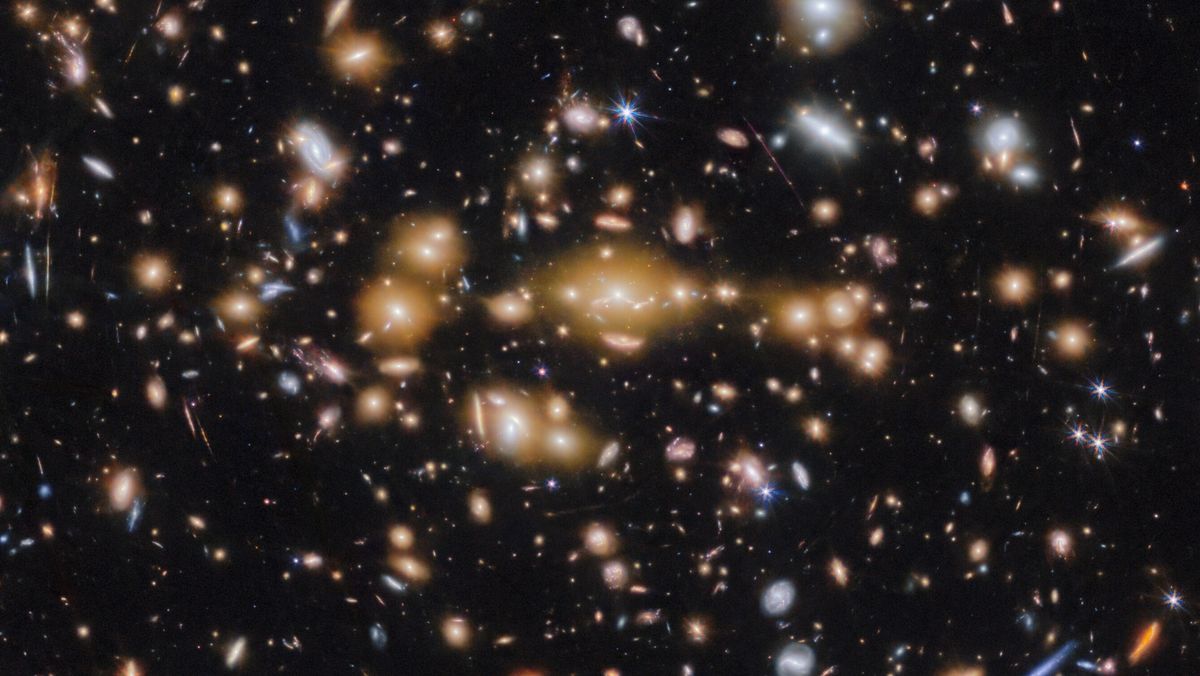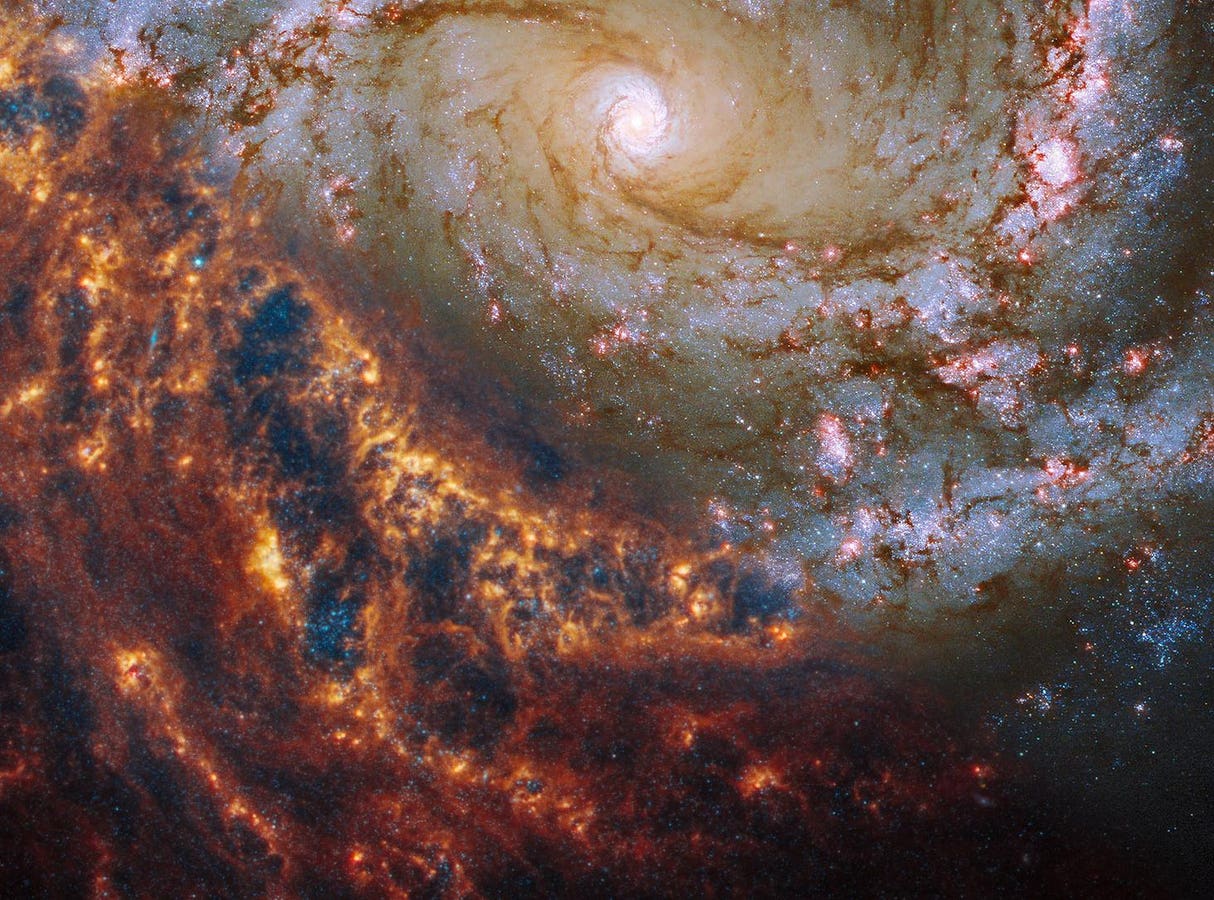Galaxies full of old stars seen shortly after the Big Bang
How can young galaxies in the early universe have old stars? That’s the question a team of astronomers set out to answer using the JWST as a probe. They first discovered the massive objects in 2022 and are still working on an explanation for these things. The infrared-sensitive JWST recently focused on three of these … Read more
